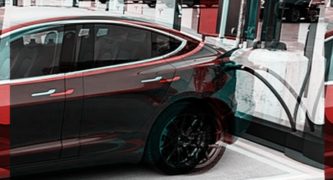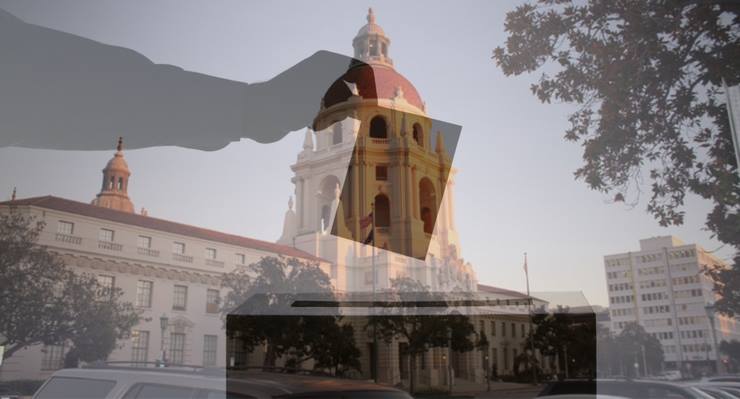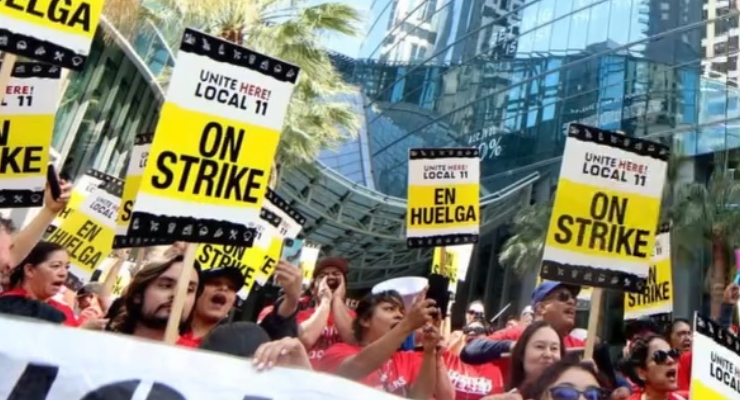
Climate advocates and environmentalists in the Pasadena area appear to agree there will be serious fallout on projects related to climate change mitigation with Gov. Gavin Newsom’s decision to reduce climate spending.
Newsom earlier this month said he was proposing to cut about $6 billion in climate spending in the state’s 2023-2024 budget. From $54 billion in climate spending for the next five years, which he actually helped push, Newsom said he wants it cut to $48 billion.
Most of the cuts would come from the state’s programs for clean transportation, leading climate advocates to say the state might find it hard to pursue its ambitious mandate to transition to electric vehicles.
Sandy Krasner, Group Leader of the Citizens Climate Lobby Pasadena-Foothills Chapter, said having $48 billion in various climate programs is still an accomplishment for Newsom – something the organization appreciates.
“But the cut is in pretty significant areas,” Krasner said. “It cuts about $3 billion in rebates for electric vehicles and charging infrastructures, and the state is trying to eliminate sales of new fossil-fueled cars by 2035. So we’re trying to move people to electric vehicles. That also means we’ll need a lot of charging stations. So having the rebates for electric vehicles and setting up charging stations and that type of thing is very important.”
Krasner added the cuts will have a big impact on Pasadena, especially among people who plan to buy electric vehicles but can’t afford them, or can’t find places to charge.
“They’re also cutting funds for electrifying heavy trucks and buses and setting up charging infrastructure and also cutting funds for rail and public transit. Anybody who’s ever been on the 210 in the middle of the day and lives near the 210 can certainly appreciate that. Even if you leave aside the climate change impacts of greenhouse gas emissions, there’s still all the fusion in the pollution impacts of trough truck traffic. So this will affect the ability to move trucks to electric power and reduce pollution.”
Wesley Reutimann, Special Program Director at ActiveSGV, said there isn’t anything final yet with Newsom’s proposals, which the governor will need to negotate with state legislators. If the legislature ends up agreeing, Reutimann said the biggest impact would be seen in how quickly the state and local jurisdictions would be able to address the problem of air pollution.
“The South Coast Air Basin remains one of the most polluted in the United States,” he said. “We’ve been non-compliant with federal air quality standards for decades, and we’re actually considered an extreme non-compliance area, and that has a very real health impact for everyone living in Southern California. So that’s one of the primary ways it’s going to impact us.”
ActiveSGV is a non-profit focused on community events, open streets, transit improvements, green infrastructure, and advocacy in the San Gabriel Valley.
“The number one source of emissions in Pasadena is the transportation sector, and that also is consistent statewide,” Reutimann added. “So the longer it takes us to transition to cleaner near-zero or zero-emission vehicles, the more we’ll be contributing to greenhouse gas pollution.”
Cynthia Cannady, Chairperson of Pasadena 100, said the big picture is it’s bad to cut climate spending.
“It’s bad to cut funding for climate action because we are in the middle of an urgent transition to stop using fossil fuels,” Cannady said. “But it’s hard to tell specifically how these cuts will affect our community. And also there’s probably going to be some negotiation. I think the term they use is ‘triggering,’ meaning if there’s more money, if it turns out that the deficit isn’t as bad as they thought, they may put some money back in these programs.”
Cannady is also chair of the Environmental Justice and Climate Justice Committee of the Pasadena NAACP. For her, what’s more important at this time is for Pasadena to set the policy that we want to make the transition to 100-percent carbon free electricity by 2030.
“That’s the decision that we have control over. I mean, the city council can decide that, and then Pasadena Water and Power will implement it,” she said. “But the other really important thing is to take advantage of federal programs. Now, the state funding may be cut, but the Inflation Reduction Act – Joe Biden’s act that was passed just a couple months ago – this has hundreds of billions of dollars available for this transition. So there are concrete things that Pasadena can do with the federal money.”
Speaking on behalf of Pasadena Water and Power (PWP), Kellee O’Rourke, PWP Customer Relations Program Manager, said the utility does not anticipate the governor’s proposed cuts will significantly impact local programs.
“PWP takes a multifaceted approach to funding efficiency and conservation programs, and is also proactive about securing grant funding, where available,” she said. “The state budget process is still in the early stages, and the legislature will continue negotiations into the spring. PWP will continue to monitor the process to get a better sense of the budget, and its impact, in the upcoming months.”
O’Rourke added PWP continues to pursue its mandate to support the vehicle electrification program.
“Pasadena is a leader in sustainability and continues to invest in building out public charging infrastructure, providing incentives for the purchase of electric vehicles and installing qualifying EV chargers in homes and businesses,” she said. “At this time, more than 100 public charging stations have been installed throughout the City and PWP continues to invest in expanding its public charging infrastructure.”
Pasadena 100’s Cynthia Cannady said PWP should also actively pursue solar power generation as a major effort and help Pasadena residents to have solar power systems installed in their homes.
“One of the problems, though, is just articulating all of this, like for cities to know what’s available at the state level, for cities to know what’s available at the federal government level… it’s not all clear all the time, but the areas that are needed are community solar, which is basically multi-family dwellings,” Cannady said.














 1 comment
1 comment


